|
|
 A Digital Solution for Landscape and Nature Photography?
Text and photography Copyright Darwin Wiggett Size is Everything? Landscape and nature photography has long been a field where there is a glut of superb imagery. Because the supply is greater than the demand, landscape and nature images generally sell in the photo marketplace for relatively small amounts of money. In the past, one of the ways to grab the attention of an editor was to float a medium or large format image onto their light table. And shooting these larger formats was almost a necessity if one was aiming at selling in the lucrative advertising markets where double page spreads, posters and billboards were the final destination. Then along came digital, which many thought would be the great equalizer. If you are sending a client a digital file, it shouldn’t matter what the source (scanned film from any format of camera), or a file direct from a digital camera. But alas, it does matter. It seems old biases die slowly. Stock photo agencies that market imagery to advertising clients have decided that “bigger is better”. To satisfy the demands of clients used to producing large photos, many stock agencies prefer image files to weigh in at 50 to 100 MB (the “standard” in most agencies is 50 to 60 MB). What About 35mm Digicams? Where does that leave users of 35mm digital cameras? Most of these cameras give maximum file sizes of only 12 to 18 MB, and so are deemed “unacceptable” by the majority of agencies. Many photographers have tried interpolating these files up to the 50 MB range using various types of software solutions, but the quality control departments at most agencies can spot these “fakes” a mile away. Seems most agencies want files that are high end scans from film or true “non-interpolated’ digital files from cameras capable of producing large (50 MB or bigger) files. Herein lies the problem for landscape shooters, how to get large digital files acceptable by agencies? Until recently you either had to shoot film and scan accordingly. Or, use a high end digital back on a 4x5 camera or medium format camera tethered to laptop. These latter systems were designed for studio lighting and studio use, and usually were multi-pass, not one-shot digital backs. The limitations to outdoor use were so huge as to not be worth the bother. So… for me as a professional landscape and stock photographer my ‘digital’ solution was to continue to shoot medium format using film, and then scan to the appropriate size for the agency. An all-digital workflow for landscape shooting was still out of the question. A Medium Format Solution? Recently Kodak introduced a digital camera back for medium and large format cameras that could be used untethered just like a regular film back. And best of all, the files weigh in at 48 MB (in 8 bit mode)- perfect for sending to stock agencies! They have two versions, the DCS ProBack Plus (for Mamiya 67, Bronica, Hasselblad, Fuji, and various 4x5 cameras) and the DCS ProBack 645 for the Mamiya 645 AF, AFD, and the Contax 645 AF cameras. For specs and details go here. I was fortunate enough to be loaned a DCS ProBack 645 and a Mamiya 645 AFD camera for five days from Rob Stirling at Vistek West in Calgary http://www.vistek.ca/ (403 209-4116). I currently use a Mamiya 645 Pro camera system and love the durability and dependability of the camera and the sharpness of the lenses. This was not only an opportunity to try out the DCS ProBack, but to also try the autofocus version of the Mamiya. To run the camera and the ProBack through a few tests to see if it would suit my needs as a professional outdoor shooter, I shot various scenes (some flower close-ups, some landscapes and some kid portraits) with both the digital back and the supplied 80mm AF lens and then with the film back. Because all the images I supply to agents are now in digital form (scanned from film), I wanted to see how the 48 MB file from the DCS back compared to my scans from medium format film. The Results? As with most digital cameras and digital backs, the imaging area of the sensor is smaller than full frame. In this case, the sensor is a square covering about 46% of the frame. The effective focal length of any lens is essentially doubled (see Photo 1) when used with 645 cameras.
Color and contrast - My favorite film for outdoor work is Fujicrome Velvia slide film, which is contrasty but vivid. I had heard that digital camera files lacked color and contrast in comparison to Velvia. Velvia’s limited latitude (ability to see bright highlights and dark shadows) is often a curse, and something that I often spend a lot of time trying to overcome (I use fill-flash, soft light, grad filters and reflectors to help reduce contrast). It was refreshing to see that the DCS ProBack had a much wider latitude than Velvia (note the much lighter shadow areas with the DCS back). I would compare the latitude of the DCS ProBack with that of print film. As far as color, the files coming from the Kodak back were rich and accurate. Velvia is noted for ‘artificial’ color rendition, but I love its saturation. With the DCS back, I get inherent saturation AND accurate colors… the best of both worlds! Noise and image detail - So far, so good… but the proof is in the details. Could the files from the DCS back compare to high resolution scans from my Imacon Photo Scanner? Photo 2 shows the detail of the flower photo from both the film scan and the DCS back. It is clear that the DCS scan has less noise and is sharper than the film scan. I used the default sharpness settings for both the scanner and the back, both could be tweaked to be better, but it is clear that the DCS file is the winner.
Digital artifacts - One of the problems with digital camera files is that contrasty edges often get halos and pixel artifacts that look distinctly ‘digital’, whereas film scans seem less likely to have these problems. Photo 3 compares the petal edges in the flower photo. You can see the abrupt edge transfer and ‘halos’ in the DCS file. The film, on the other hand, scans ‘cleaner’ along the edges, but has much more noise (grain) and is less sharp.
Another big problem with digital capture (scanners and cameras) is excess noise in blue areas (especially skies). Often on my film scans, I need to select the sky and lightly blur it to get rid of noise and banding. Even scanning and editing in 16 bit results in small patches of banding and excess noise in even, blue areas of sky. You can see this in Photo 4 of the film scan (some ‘chunkiness’ in the blue patches). But the DCS file produces skies that are clean and free of banding and noise! Plus the color of the Velvia sky has a magenta cast characteristic of this film, while the DCS scan is neutral.
And skin tones? I never use Velvia for photographing people, the skin just turns sun-burn red. Normally I switch to Kodak Supra print film or to Fuji Provia slide film. I was interested to see how the DCS back handled skin tones. Photo 5 shows the facial details at 100% pixel view of my son shot in the shade at mid-day. No matter what film I shoot with, after scanning the film, I always need to tweak the skin tones a tad to get them to look ‘accurate’. With the DCS back, this (photo 5) is what I got with ‘daylight’ balance. I was very happy with the results. This photo also illustrates the detail the back is capable of capturing. Putting It All Together The ability to get wide latitude, noise free, sharp, and nearly artifact free digital files of better quality than my film scans was very exciting. In Photo 6, I chased around a storm trying to capture the cloud formation against the prairie landscape. I shot it first on film, then with the DCS back. The contrast was too great in this scene for Velvia to capture. If I exposed for the grass, the sky washed out, if I exposed for the sky, the grass turned very dark. The only way I could capture this image on film was to use an ND grad filter over the sky. With the DCS ProBack, I got a properly exposed foreground and still retained image detail in the sky. The wide latitude, grainless skies, and sharp capture, all make the DCS ProBack very appealing.
Concerns - For me three major concerns prevent me from totally embracing digital capture. First, both my wife and myself are wide-angle lens lovers. My favorite lens for 645 is the 35mm (equal to 20mm in 35mm format). The vast majority of our images are shot with wide angles whether we are shooting landscapes or animals, or kids (see photo 7 as an example). But for lovers of telephoto lenses and for wildlife shooters, the doubling of focal length of lenses is a blessing, not a curse.
Second, the vast majority of my landscape imagery is shot at dawn or dusk with apertures of f16 or f22. Consequently, my shutter speed is often at ¼ of a second and longer, with exposures of 15 seconds to 2 minutes common. As far as I know, digital cameras and backs suffer from a buildup of noise over such long exposure times. I did not have an opportunity to test the DCS back with long exposures, but I’d be very surprised if it could handle scenes like that in Photo 8 (a 2 minute exposure) without a serious buildup of noise and artifacts. I would love to be proved wrong on this issue!
And finally, there is the issue of durability and performance in rugged conditions demanded of nature and landscape photography. I have shot with my Mamiya 645 Pro in conditions from 40 below zero, to scorching hot, to wet and humid and dry and dusty. I have yet to have one of my cameras fail from environmental problems (see Photo 9). But add a digital back to the equation and what would happen? Dare one go out and shoot frosty winter landscapes with the DCS? I don’t know the answer yet. Conclusion You can have it both ways. Fortunately the ability of the DCS ProBack to accommodate a wide variety of medium and large format cameras makes it a nice supplement to existing film photography. If you already own a camera capable of supporting the DCS ProBack, then the time has come when digital can produce results sure to satisfy the most demanding clients or stock agencies. For me, with a Mamiya 645 AFD camera, a few lenses, a film back and a DCS Proback, I could have the best of both worlds. I could be producing beautiful, large digital files for my agencies, and still be able to shoot film if I needed wide angle, long exposure capability, or inclement weather coverage. And because the digital back doubles the focal length of each lens, having three lenses is equivalent to owning six! I don’t see a complete digital workflow yet for our stock landscape and nature work, but the DCS Proback would bring us ever closer to a filmless world. Editor's note - You can view more of Darwin's work in his online galleries. Darwin Wiggett - NPN 343 Comments on this article? Send them to the editor. |
|
|
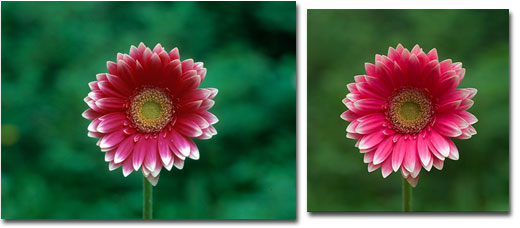 Photo 1 - Left; Mamiya 645 AFD, 80mm lens, Fuji Velvia film, Imacon Photo Scanner. Right; Mamiya 645 AFD, 80mm lens, Kodal DCS Pro Back 645.
Photo 1 - Left; Mamiya 645 AFD, 80mm lens, Fuji Velvia film, Imacon Photo Scanner. Right; Mamiya 645 AFD, 80mm lens, Kodal DCS Pro Back 645.
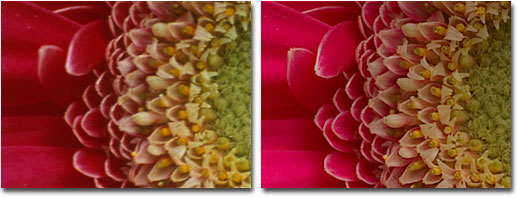 Photo 2 - Left; Fuji Velvia 120, Imacon Photo Scanner (3200 dpi). Right; Kodal DCS Pro Back 645 capture.
Photo 2 - Left; Fuji Velvia 120, Imacon Photo Scanner (3200 dpi). Right; Kodal DCS Pro Back 645 capture.
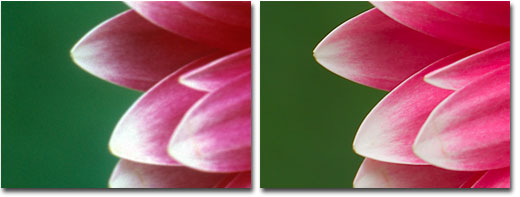 Photo 3 - Left; Fuji Velvia 120, Imacon Photo Scanner (3200 dpi). Right; Kodal DCS Pro Back 645 capture.
Photo 3 - Left; Fuji Velvia 120, Imacon Photo Scanner (3200 dpi). Right; Kodal DCS Pro Back 645 capture.
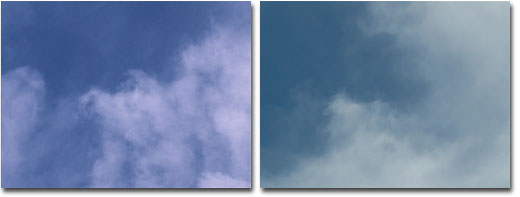 Photo 4 - Left; Fuji Velvia 120, Imacon Photo Scanner (3200 dpi). Right; Kodal DCS Pro Back 645 capture.
Photo 4 - Left; Fuji Velvia 120, Imacon Photo Scanner (3200 dpi). Right; Kodal DCS Pro Back 645 capture.
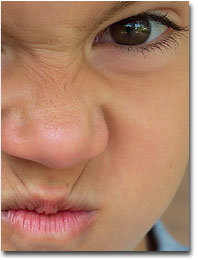 Photo 5
Photo 5
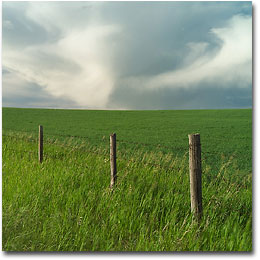 Photo 6
Photo 6
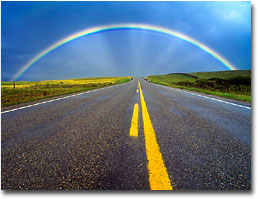 Photo 7
Photo 7
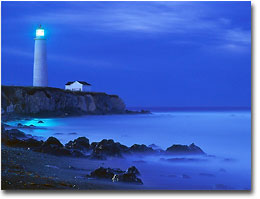 Photo 8
Photo 8
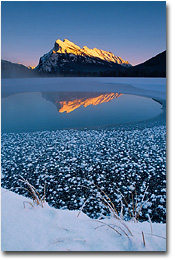 Photo 9
Photo 9